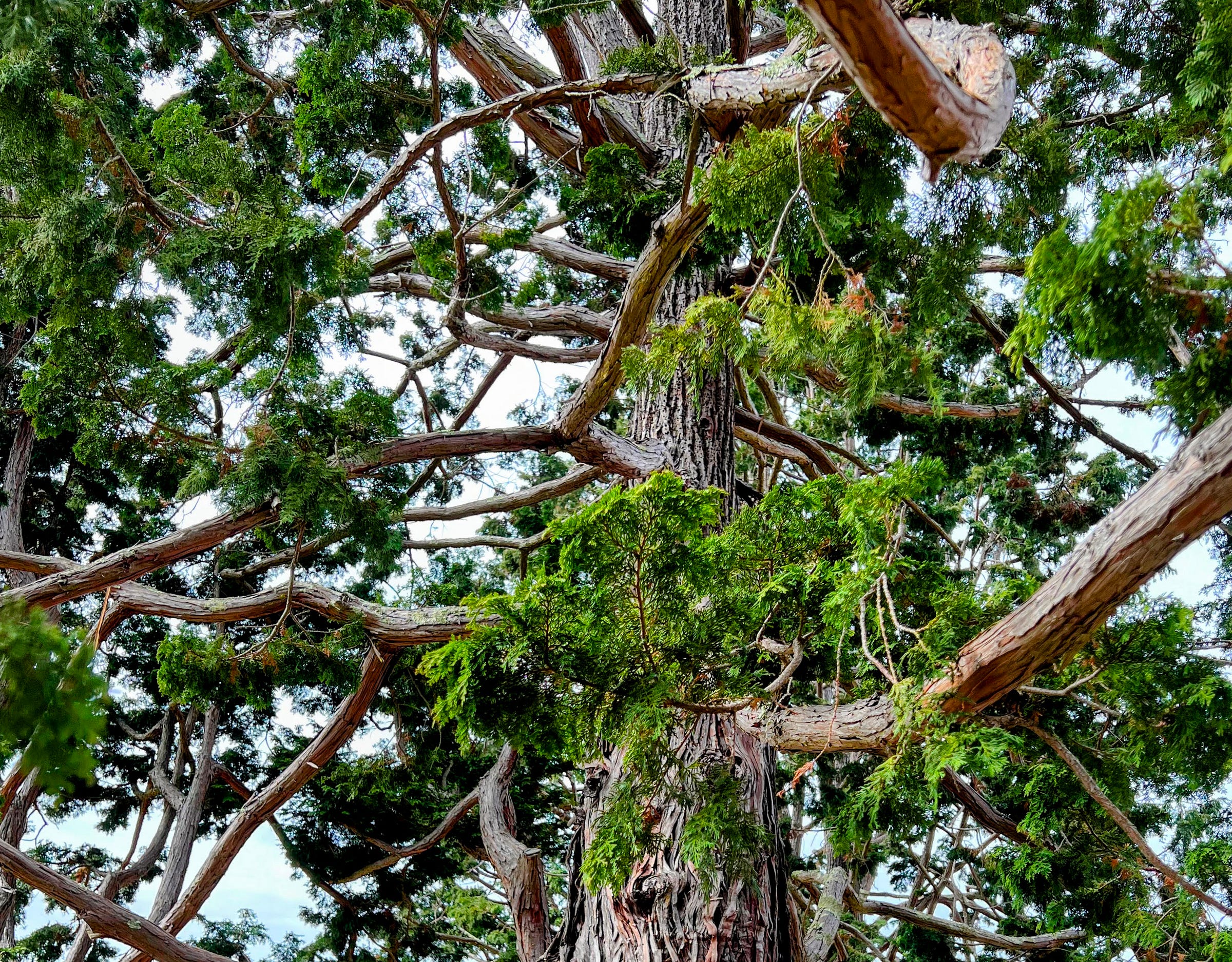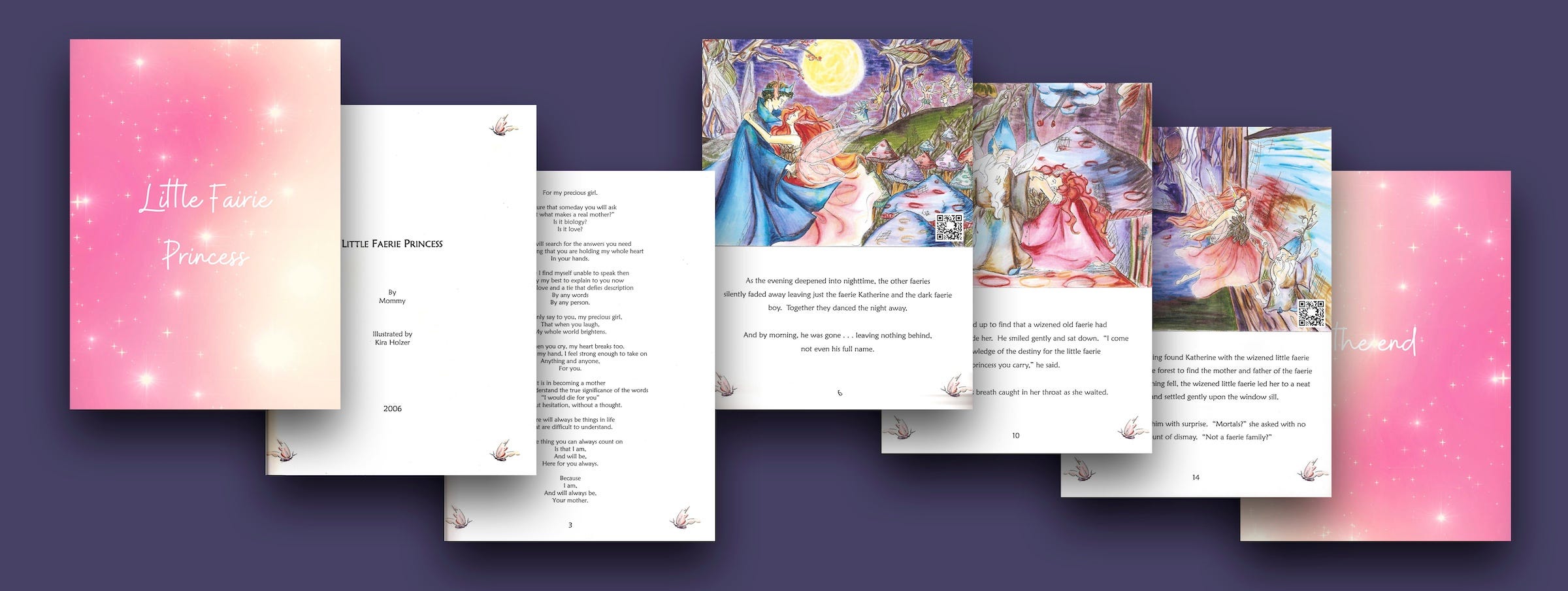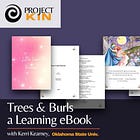“Storying” Burls, Part 2
In part 1, I talked about the burls in bark that occur on some trees as a metaphor for branches of family trees. This is about the storytelling we use in our families to build our personal narratives.

Our guest writer, Kerri Kearney joins us for a second publication for the Projectkin Members’ Corner. Monthly posts from members celebrate their contributions to family history storytelling — in all its forms. Posts may be written or recorded (audio or video) will be shared for free each month. Explore the entire Members’ Corner here.
In a previous post, I used burls in tree bark as a metaphor for branches of family trees that spin “off in unanticipated and sometimes unwanted directions.” This tends to happen as a result of messy human events such as “divorce, adoption, an affair, an unexpected pregnancy, remarriage, surrogacy, foster care, and many other[s].”
While I am very interested in the genealogy aspect of families, I live and breathe in the space of storying our families. I think it is important to consider burls within that space.
Storytelling has been a tradition for centuries, and various cultures and families are the original human structure. Stories in families have been used for various purposes, but I am particularly interested in them for their power to teach, both in the present moment and across time.
Stories as a source of understanding
Stories preserve lessons and communicate values, beliefs, and human learning. They also can be a rich source of understanding of personality, hardship, and overcoming that is rooted in our ancestors. Science is beginning to show that some of those experiences are passed to later generations through our DNA. Thus, stories may serve an additional purpose of self-understanding. Stories give life to family trees.
So how do we “story” family tree burls when, oftentimes, burls have an element of hardship and may represent unwanted circumstances?
While the answer for each family storyteller is highly personal, often with careful consideration of the complications of “telling,” I will share an example of a beautiful burl in our tree and how I handled it.
The “When to Tell” question
My husband and I chose to build our family through both adoption and biology. An early consideration for me was “when to tell,” which is a decision that all parents must make via adoption (and several other family circumstances). After educating myself and deep consideration, my stance was that I was a keeper of the information about the circumstances of my children’s adoption and their biological families.
I kept and cared for their biological family knowledge, but they owned it.
My husband and I didn’t want there to be a specific time when our children found out they came to us through adoption; instead, we wanted to situate those circumstances as just a normal part of their stories. With that in mind and, by then, with two toddlers who were adopted, I set out to write them children’s story books.
A child’s fairie story as a touchstone
My daughter, who has consistently permitted me to share her book with others, loved fairies. Her book tells the story of a young fairy woman who became pregnant and, due to circumstances, ultimately chose a human couple as her child’s parents, a difficult decision for her.
The storyline is solely based on my daughter’s conception and arrival into our family. For example, the book opens with a scene of dancing fairies; her biological mother was a dancer. The illustrations in the book depict her biological mother’s real hair color and other characteristics that were known to me.
The story also highlights the fairy mother choosing human parents. That moment highlighted her decision to give her daughter parents, my husband and me, who were quite different from her. I did my best to capture what she told me of her hopes for her child. In the book is also the story (and illustration) of when my daughter’s two mothers met for the first time in her hospital room after my daughter was born.
Kerri shared a project recipe for how she went about writing and producing the fairy story for her daughter with the Projectkin community in 2023:
Project recipes like this are presented each month. To learn more, explore the upcoming schedule here: Projectkin.org/events.
The finished book went onto my children’s bookshelf in their playroom, right beside another similar effort for her older brother. I’m not going to suggest that writing the story was easy for me, nor was it easy to read it to her the first time. I worried whether I got it right and whether it was too much.
Oh, do I ever also understand the temptation for some families to avoid and hide these kinds of “burl” stories!
As a toddler, my daughter loved the book because of the beautiful fairy illustrations; the words didn’t mean much to her then. But as she grew, I sometimes found her on the playroom floor reading her book. Over time, she began to ask questions about her story. Those conversations were not always easy, and my desire to protect her from hard things was real. But her fairy book was a consistent touchstone. It was the story she had always known. Time and maturity meant that I was helping her understand greater details about where she came from and how she came to be ours.
Today, my daughter is a college student and 20 years old. Her child’s book remains a treasured possession. In some ways, her book gives her roots that those of us raised by our biological parents often take for granted. Her story did not just begin in our family.
Telling the parts of her story that started before us honors that truth. It honors a part of her story that makes her uniquely and beautifully her.
My daughter’s story represents one of multiple burls on our family tree. And just as the wood inside of a tree burl is valued for its beauty by fine craftsmen, I deeply value our family burls. They are our stories of resiliency and strength. They bring to life ancestors who were free thinkers and ahead of their times . . . those who bucked the social norms of their time and persevered. They tell of the strength of commitment and love.
While I acknowledge that there can be a number of careful considerations for many burls, I continue to believe burls should be “storied.” Shouldn’t they?
We’d love to hear what you think with ♡s and comments. Tapping “Restack” and mentioning our author
shares this piece with folks who follow you on Substack. As a bonus, it thanks Kerri and helps us get the word out about Projectkin. Thank you, ⥐ Barbara (your )This article is part of an ongoing series from
. Read part 3 here:Burl Stories as Tools, Part 3
Our guest writer, Kerri Kearney joins us for a third in her series for the Projectkin Members’ Corner. These posts celebrate their contributions to family history storytelling — in all its forms. Explore the entire Members’ Corner here.
Would you be interested in joining us here in the Members’ Corner with a piece of your own? We’d love to share your work. Learn more:














This is great Kerri. I love how you said stories are a source of understanding. And that they communicate beliefs, values and human learning. The story that unfolds below that was a powerful example. What a creative way to teach children about adoption through a children’s book. And to let their understanding of the concept also unfold over time as they ask questions as they get older is an incredible teaching technique. Was that anticipated?
Writing the books for your children was such an excellent idea!